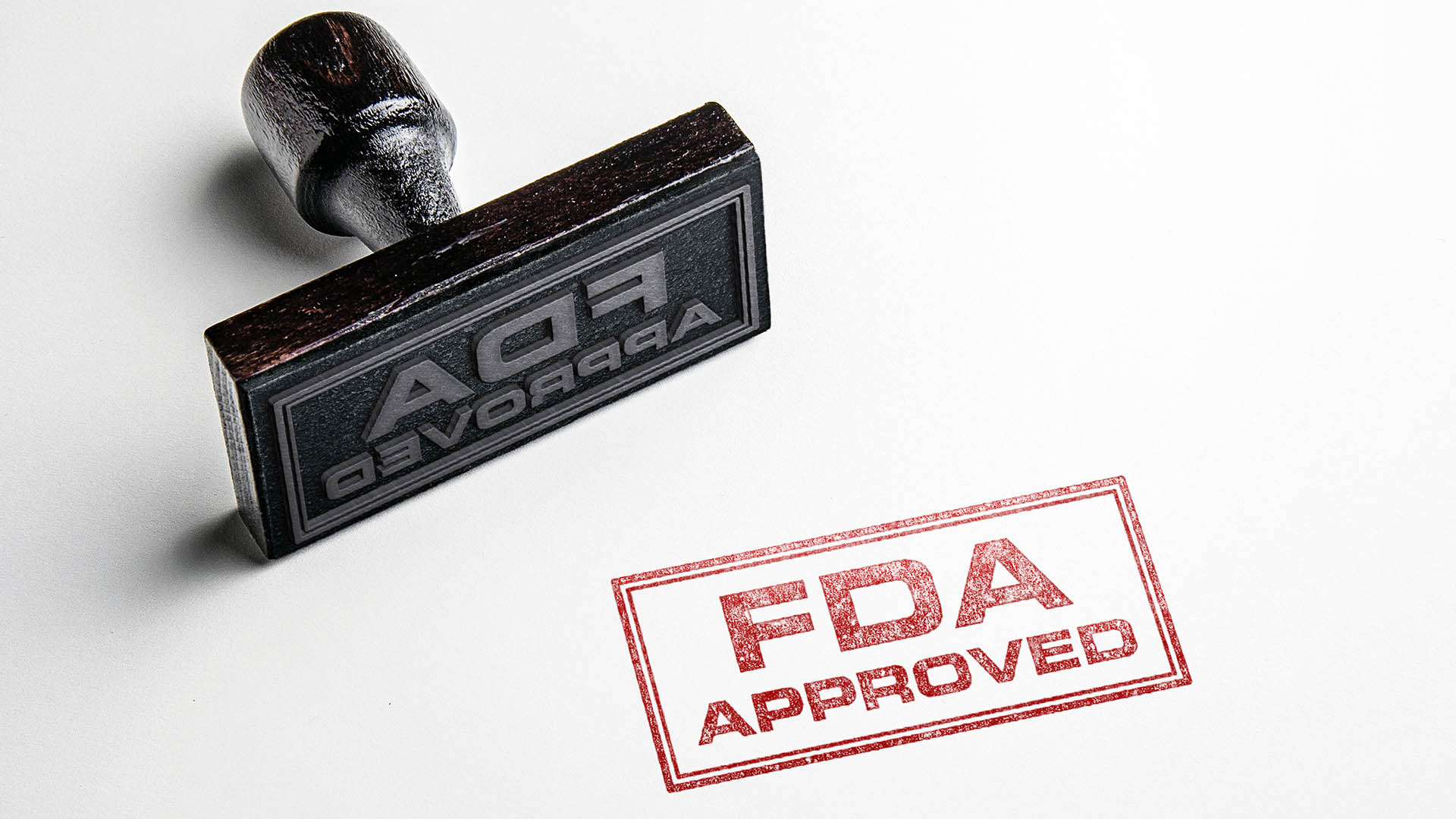Investors will be hoping bank stocks steady today after a solid session on Wall Street on Thursday has our market poised to rise when ASX trading resumes shortly.
US markets were higher as bond yields dipped back under 3% and a spate of good quarterly results helped confidence.
But it will be the after hours quarterly from Amazon – a record in all respects with revenue and earnings much higher than forecast – that helped the overnight futures market set up a 46 point jump in the ASX this morning.
Traders will be looking for some of that confidence to touch the share prices of the big bak shares which lost more than $9 billion in value yesterday as the impact of the Royal Commission and a downgrade of Westpac hit home.
UBS analysts downgraded Westpac shares to a sell after analysts claimed the bank’s lending controls were ineffective.
UBS analysts Jonathan Mott and Rachel Bentvelzen slashed their price target to $26.50 from $31.00 well below the $29.18 trading price on Monday’s open after examining documents about mortgages released as part of the Hayne royal commission.
Westpac shares fell 3.6% to $28.13, NAB shares lost 2.1% to $28.47, the ANZ also lost 2.1% ti close at 426,57 while Commonwealth bank shares fell 1.7% to $72.25
AMP shares finished down, continuing to its ninth straight sessions of losses. It fell 0.3% on Thursday to finish at $4.05, a six year low.
The falls came despite APRA, the banking regulator removing the cap it placed on interest only lending to property investors three years ago, and now expects banks to introduce their own lending restrictions.
The Australian Prudential Regulatory Authority (APRA) said lending standards had improved since the 10% cap on growth in new lending to investors was introduced in late-2014, and it is prepared to remove the cap for lenders that can illustrate stronger standards.
Those lenders that can’t demonstrate that will remain bound by the 10% cap.
APRA chair Wayne Byres said the investor lending cap will be removed on July 1 for lenders that have been operating below the benchmark for six months, and can confirm their lending meets the regulator’s guidance on serviceability.
"Lending growth has moderated, standards have been lifted and oversight has improved," he said in a statement.
"However, the environment remains one of heightened risk and there are still some practices that need to be further strengthened."
APRA now expects banks and other lenders to develop their own limits on the proportion of lending at very high debt-to-income levels, where debt is greater than six times a borrower’s income, and limits on maximum debt-to-income levels for individual borrowers.
APRA said these limits should take into account the total borrowings of an applicant, rather than just the loan being applied for.













